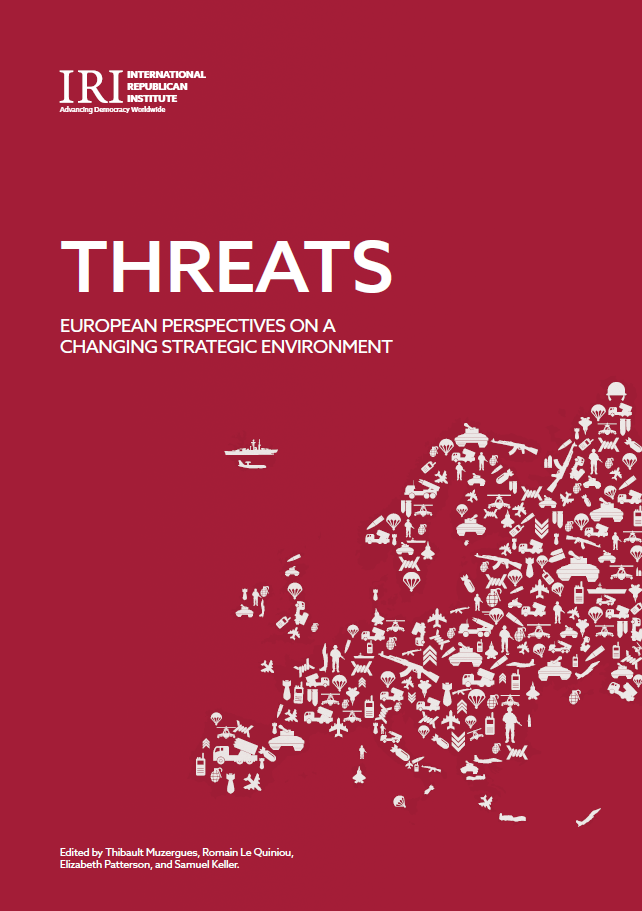
The Transatlantic space in general, and Europe in particular, woke up to a sad new reality when Russia launched its large-scale invasion of Ukraine on February 24, 2022. With war back on the European continent, the time was right for Zeitenwende, an epochal turning point, as Chancellor Olaf Scholz put it. Of course, beyond the strategic surprise that such violence can cause (the shock and awe that is a key component of psychological warfare), the return of war should not have been a shock for Europeans. In fact, although many Europeans had forgotten it, violent conflict had never really left Europe as a geographical entity in the past thirty years.
European leaders are thus facing a major challenge: fixing multiple strategic deficiencies in the face of ever-increasing threats. In reaction, European Union Member States have moved quickly to isolate Russia, reorganized their energy supplies at risk of disruption and political unrest, and opened concrete discussions – leading to equally concrete decisions – reevaluating their defense and security strategies and capacities. For Europe, there will assuredly be a clear historical divide between the times before and after the February 2022 Russian invasion. And the after will undoubtedly be a more unpredictable, more dangerous geopolitical future for Europe but also for the Transatlantic community, with war no longer impossible, and geopolitical tensions right at the alliance’s borders (if not within these borders).
The objective of this publication is to engage in discussion on the differences in threat perception across the Transatlantic alliance. By compiling seven different case studies (France, Germany, Italy, Poland, Romania, Greece, and Sweden) carefully selected according to their geographical environment, size, and geostrategic roles, this publication identifies strategic divergences while stimulating discussion on the ways to strengthen strategic unity between allies. By presenting these different case studies in one unique publication and allowing the reader to not only recognize differences, but also to link the dots that could bring allies together, we hope that it will be a useful instrument in NATO circles and beyond, to think together about the threats and challenges the alliance collectively faces in the coming years and decades.
Top